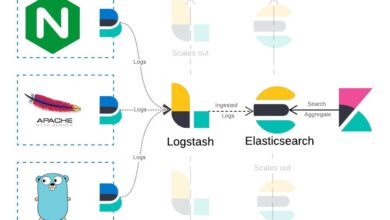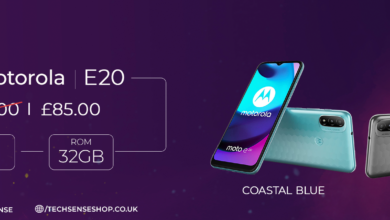What Is RoIP and How Does It Improve Radio Communication Networks?

Digital technology has improved communications in a variety of ways, including the ways that businesses and individuals communicate through popular voice-over internet protocol (VoIP) systems today.
Internet-based phone systems like Skype and a variety of mobile messaging apps use digital technology today in a way that has transformed the way people communicate, in many cases eliminating the need for landline telephones for many people.
Digital technology has also improved the way dispatch operators communicate. Radio over Internet Protocol, or RoIP, has changed the way people communicate through radio equipment. RoIP solutions now help government and commercial users transform how they communicate. The technology advances include mobile, portable, and fixed-site RoIP solutions that eliminate coverage gaps and help interoperability. Smartphone applications make it easy to add devices to radio networks, offering integrated solutions for radio communication systems.
What is RoIP?
RoIP solutions integrate VoIP technology into two-way radio networks. RoIP leverages the internet’s power to send data from one user on the radio network to another. It’s a cost-effective way to connect radio systems and the operators who use them. The technology has proven reliable, more so than existing traditional radio networks. RoIP solutions are more efficient due to their ability to tap digital technology when using existing IP infrastructure to develop both local and wide area networks.
Just as VoIP technology has transformed how people communicate more easily and affordably with others in any location, RoIP technology promises similar benefits to those who rely on radio communication networks. The technology has evolved to include Project 25, also known as P25 technology, for emergency responders to exchange critical public safety information through a standardized interface shared with other emergency responders over a highly secure network.
Consider these benefits of RoIP.
Lower Cost
RoIP offers the most cost-effective way to connect radio systems and operators and enhances functionality for users on the network. Some of the features include:
- Integration with existing IP infrastructure (LAN, WAN, or VPN): This eliminates additional installation and maintenance of the network architecture.
- Reduced cost of equipment: RoIP equipment is more accessible and affordable, and systems can be developed using common hardware like routers and switches.
- Replaces leased lines: Eliminates monthly fees paid for dedicated voice paths to service providers.
- Shared resources: Digital radios use an IP gateway that can share protocols by numerous operators, eliminating the need for point-to-point protocols and vocoders.
- Choice of radio provider: Interoperability means users can pick the radio manufacturers and protocols that offer the functionality they need for the price they can afford.
Improved Reliability
RoIP solutions offer greater reliability because the networks are no longer threatened by a single point of failure. This eliminates downtime and increases service for radio networks that demand a resilient infrastructure that can handle critical communications, particularly those for public safety.
Enhanced Productivity
RoIP systems give organizations the ability to design a network infrastructure that best serves their needs. Whether it’s local incident response, regional commands or remote management, the RoIP can serve a variety of needs that exceed the capabilities of a traditional radio system.
Flexibility
A key feature of RoIP networks is flexibility. The RoIP products can be configured to meet the needs of any organization, including:
- Connecting multiple sites over different geographical areas
- Adding locations and gateways, such as local incident response teams
- Enabling staged migration from analog to digital radio
Interoperability
RoIP helps organizations expand their radio communication network easily and efficiently. The technology allows users to easily add equipment and extensions, including a mixture of radio types and manufacturers. This is critical for organizations that experience growth or that want to replace old equipment without overhauling everything.
The RoIP technology allows digital radio communication networks to combine various devices, allowing access to features and communication with all others on the network. This interoperability means networks are not limited to a certain range when adding to the number of devices used. This gives organizations the flexibility to pick the manufacturer that serves their needs best, with the functions they need most. The technology allows the addition of a RoIP gateway to improve interoperability with impressive features, like location services.



